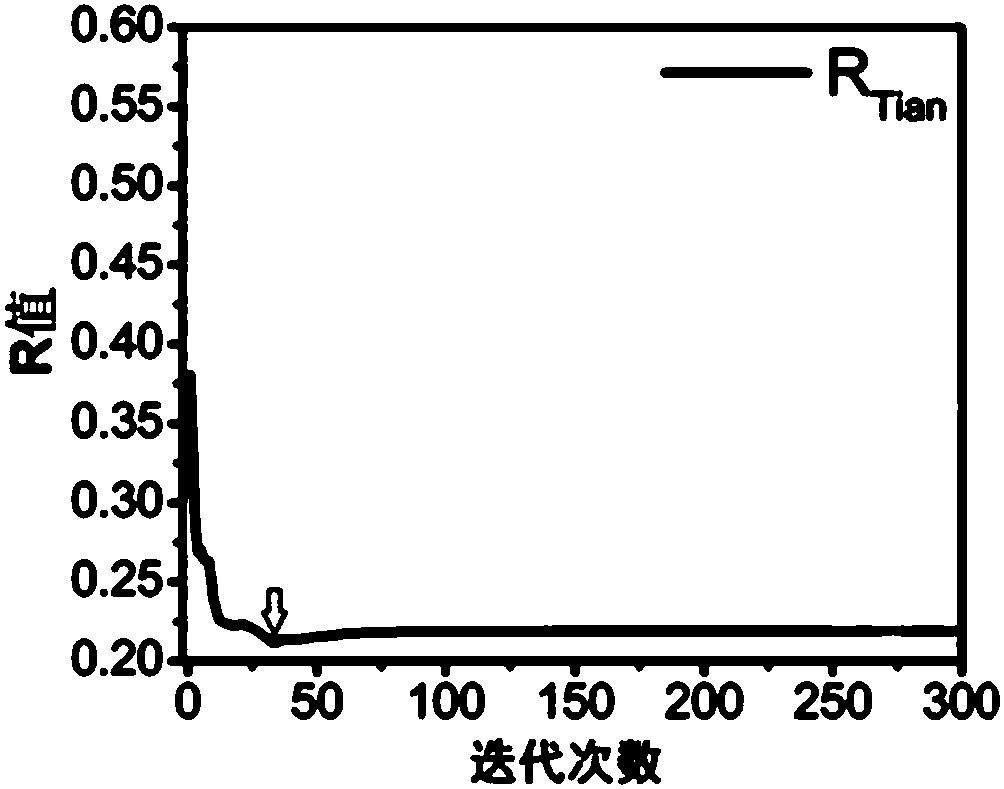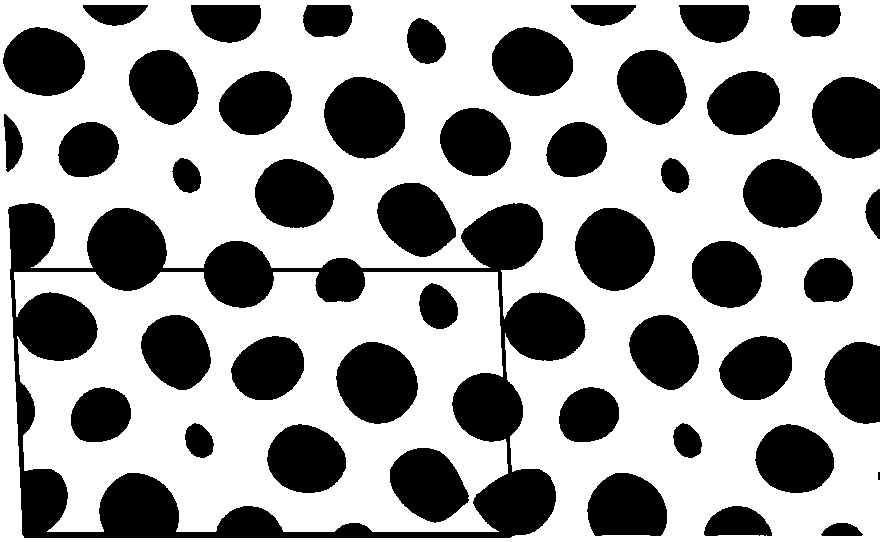Method for evaluating crystal electron density distribution model and application thereof
A technology of electron density and distribution model, which is applied in the material analysis using radiation diffraction, etc., can solve the problems that the diffraction data with atomic resolution cannot be obtained, and the resolution is inferior to 0.2 nanometers.
- Summary
- Abstract
- Description
- Claims
- Application Information
AI Technical Summary
Problems solved by technology
Method used
Image
Examples
Embodiment 1
[0147] This embodiment is used to illustrate the electron density distribution model evaluation method provided by the present invention and its application in crystal structure analysis.
[0148] Diffraction data source: Since the correct electron density distribution model corresponding to the diffraction data obtained from actual crystal measurement cannot be accurately known, there is a lack of strict reference standards when evaluating the quality of the electron density distribution model obtained in crystal structure analysis. To overcome this difficulty, simulated diffraction data are used in this example, and the simulated diffraction data are calculated from known crystal structures reported in literature. The known crystal structure in this embodiment is quoted from literature:
[0149] Wu, J.S., Spence, J.C.H., O'Keeffe, M. & Groy, T.L. (2004). Acta. Cryst. A60, 326-330.
[0150] The relevant crystal structure data are as follows:
[0151] Molecular formula: C 6...
Embodiment 2
[0171] This embodiment is used to illustrate the electron density distribution model evaluation method provided by the present invention and its application in crystal structure analysis.
[0172] Source of diffraction data: based on the same reason as in Example 1, simulated diffraction data is still used in this example, and the simulated diffraction data is calculated from known crystal structures reported in literature. The known crystal structure in this embodiment is quoted from literature:
[0173] Czugler, M., Weber, E., Parkanyi, L., Korkas, P.P. & Bombicz, P. (2003). Chem. Eur. J., 9, 3741-3747.
[0174] The relevant crystal structure data are as follows:
[0175] Molecular formula: C 252 h 324 o 18 ·H 2 O, space group: P1, lattice parameters: a = 1.6909 nm, b = 1.8772 nm, c = 2.1346 nm, α = 111.46°, β = 103.38°, γ = 107.74°. Number of molecular formulas in each unit cell (Z): 1.
[0176] The crystallographic coordinates of each individual atom are detailed in...
PUM
 Login to View More
Login to View More Abstract
Description
Claims
Application Information
 Login to View More
Login to View More - R&D
- Intellectual Property
- Life Sciences
- Materials
- Tech Scout
- Unparalleled Data Quality
- Higher Quality Content
- 60% Fewer Hallucinations
Browse by: Latest US Patents, China's latest patents, Technical Efficacy Thesaurus, Application Domain, Technology Topic, Popular Technical Reports.
© 2025 PatSnap. All rights reserved.Legal|Privacy policy|Modern Slavery Act Transparency Statement|Sitemap|About US| Contact US: help@patsnap.com



